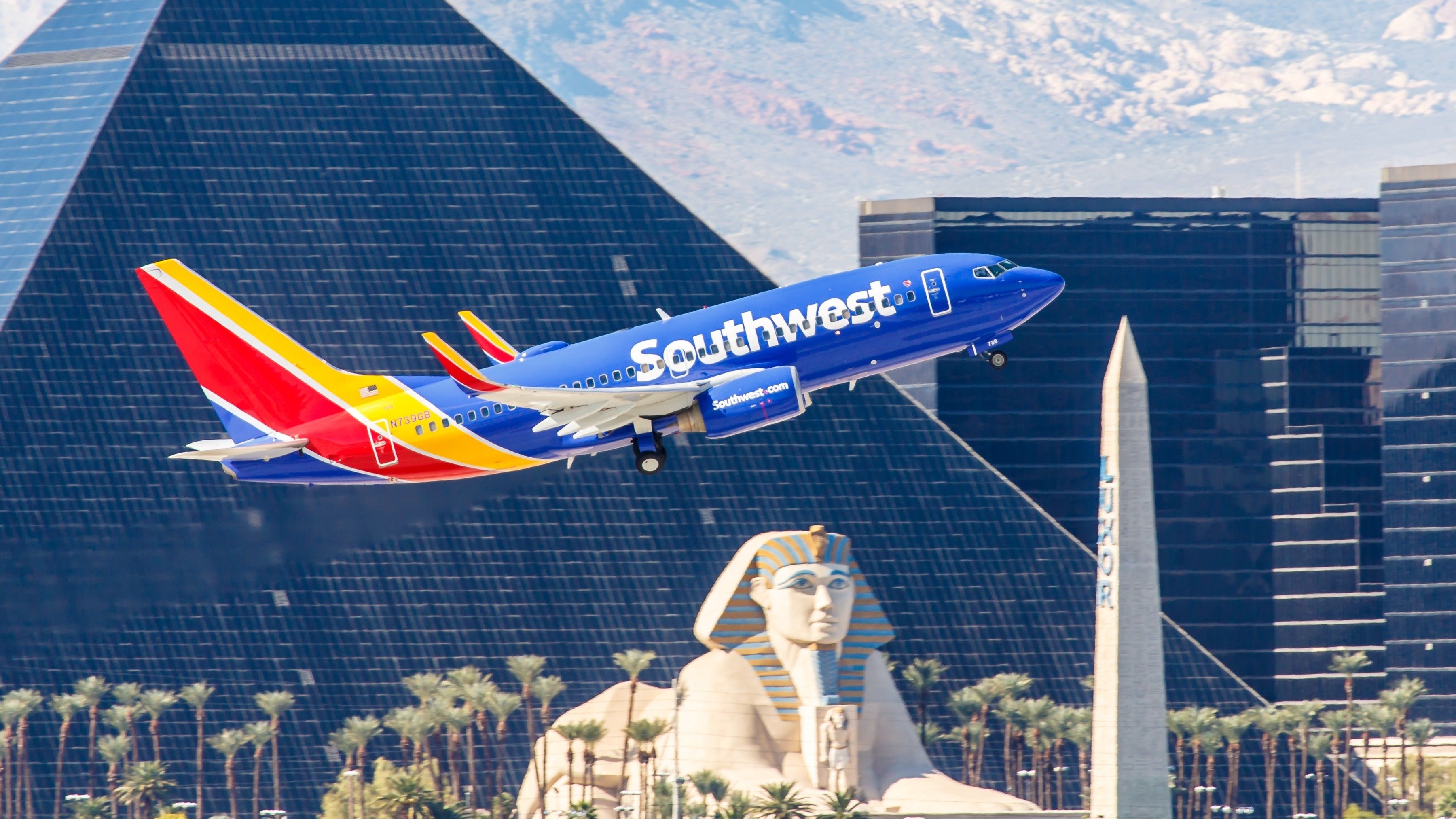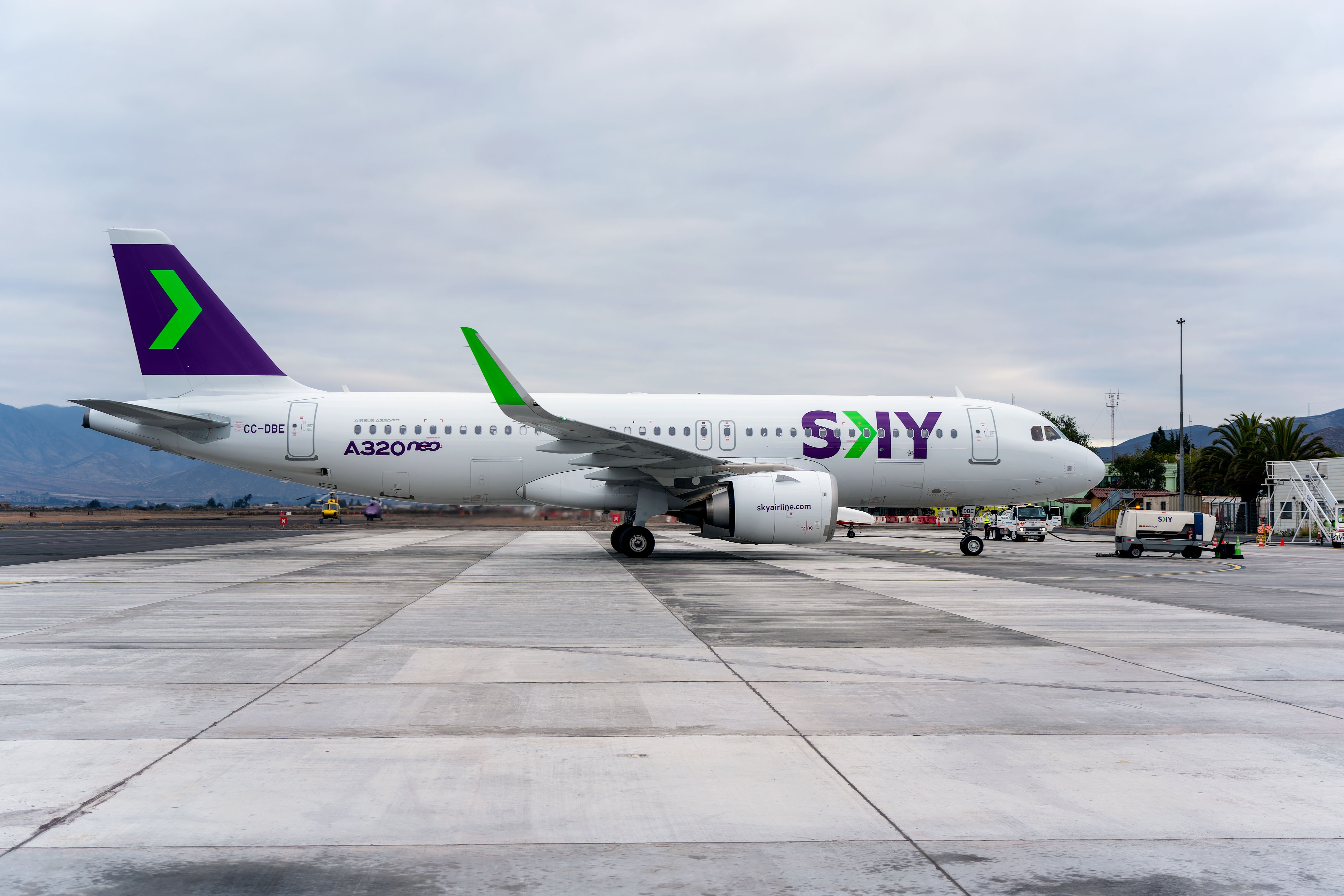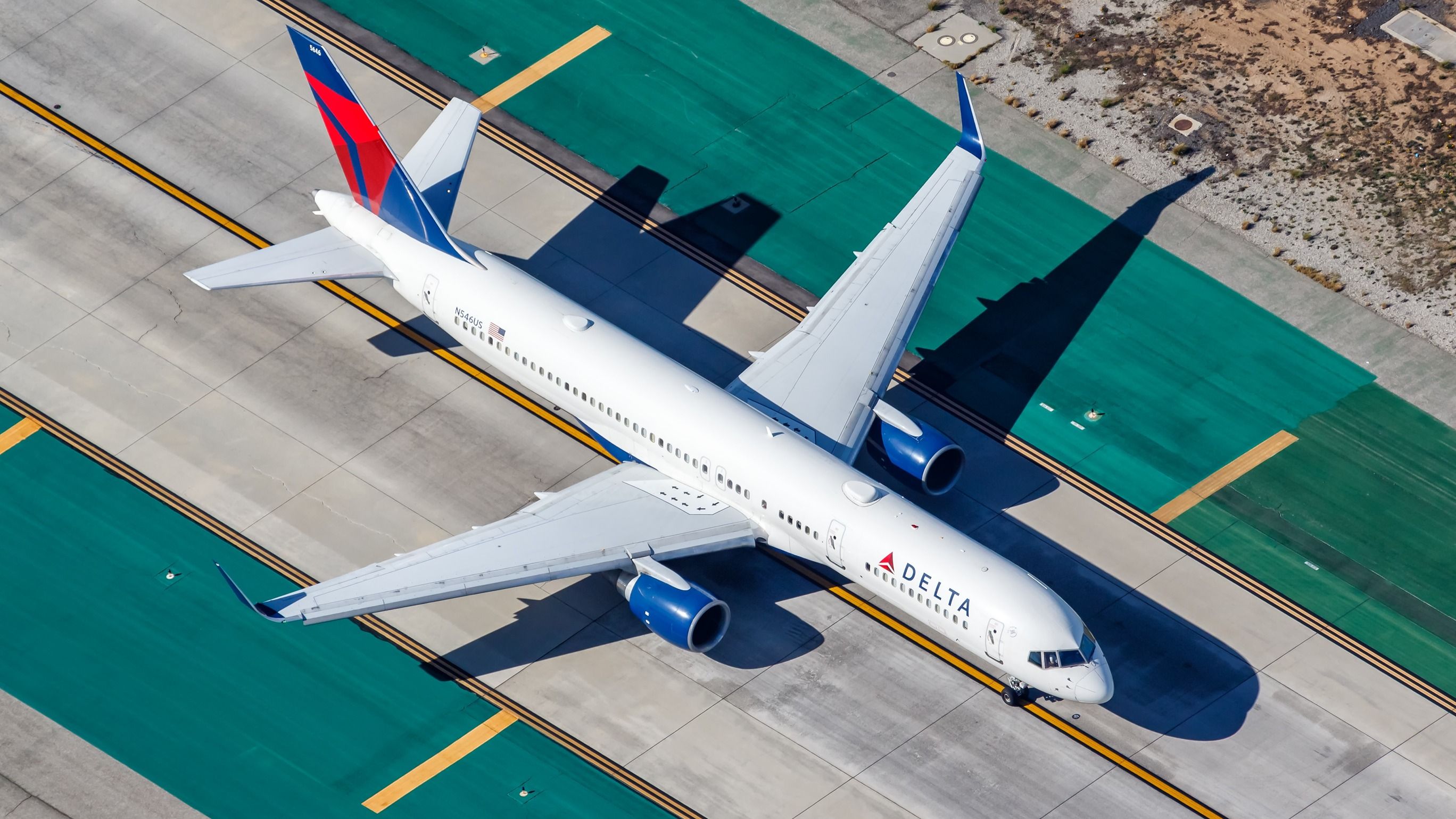Summary
- Fleet commonality simplifies maintenance and staffing, saving carriers money and allowing for more specialized maintenance procedures.
- Low-cost carriers, like Ryanair and easyJet, prioritize fleet commonality to streamline operational and staffing costs.
- While widebody and narrowbody aircraft have significant structural differences, there are instances of crossover.
For those unfamiliar with the operational strategies in the world of commercial aviation, fleet commonality may not be a phrase that immediately jumps to the top of one's mind. However, this is a far more important practice than some may initially expect.
Fleet commonality refers to operating aircraft that all maintain similar characteristics, which allows a carrier to streamline maintenance operations and staffing. In this article, let's explore the practice of maintaining a common fleet and its advantages for different airlines.
What is fleet commonality?
At face value, commonality between aircraft types is a relatively simple concept concerning models that bear parallels. However, depending on how a company defines such commonality, it can be more diverse than meets the eye. At a basic level, this can concern aircraft from the same family, such as the Airbus A320neo and A321neo.
However, there are other ways in which different aircraft types can also be considered to share a degree of commonality. For example, you might find strong parallels between entirely different aircraft families, such as the Airbus A330 and A340 series. These have many structural similarities, with key differences being the A340's four engines and landing gear.
Get the latest aviation news straight to your inbox: Sign up for our newsletters today.
Aircraft can even be deemed common on more niche levels, such as their powerplants. Former operators of the 747, 757, and 767 were able to streamline engine maintenance, as all used the Rolls-Royce RB211. The same also held true for the Lockheed L-1011 TriStar and the Tupolev Tu-204.
Why is it advantageous?
So, what are the benefits for airlines when it comes to flying aircraft with such parallels? As alluded to above, fleet commonality can help streamline maintenance procedures. This can save carriers money while allowing maintenance operations to become more specialized. Commonality also benefits operations when it comes to crew rostering.
Indeed, common type ratings mean that pilots of certain aircraft can also be certified on other designs with minimal training if they share enough parallels. An example of this is the common type rating that the Boeing 777 has with the 787. This is why straightforward, uniform fleets can be so advantageous, as they can expedite aircraft swaps in the event of maintenance issues. This is especially important at low-cost carriers, where turnaround times are vital.
Get the latest aviation news straight to your inbox: Sign up for our newsletters today.
For budget airlines, the need to streamline operational costs and staffing costs is paramount. As a result, most budget airlines maintain near complete fleet commonality. Ryanair, for example, only operates the Boeing 737, while its competitor, easyJet, exclusively utilizes the A320 family.
Commonality between narrowbodies and widebodies
As is evident upon viewing such planes, there are significant structural differences between widebody and narrowbody aircraft. As such, it would be reasonable to assume that there would be little in the way of parallels when it comes to these types of jets. However, in certain instances, the crossover is more significant than you might otherwise expect.
The most notable example of this is the crossover between the single-aisle Boeing 757 and the widebody 767 families. In fact, these two seemingly different twinjet designs even share a common type rating, so pilots of one only require minimal training to fly the other. This is because they were developed together and subsequently share various operational aspects, such as similar wings and cockpit systems.
Airbus Leads The Way In Fleet Commonality
In the future, as the costs of jet fuel continue to rise, carriers will undoubtedly find other ways to innovate and reduce costs. As a result, we should expect to see fleet commonality adopted by more and more carriers going forward.
Did you know about the concept of fleet commonality? Do you prefer airlines with uniform or more diverse fleets? Let us know your thoughts in the comments!



